What A Cutie!
Zoo Zurich eagerly waited 18 years to be able to announce the birth of a new East African Black Rhino. After years of failed breeding attempts, finally, on December 28th, 2015, 14-year-old mother, ‘Samira’, and 15-year-old father, ‘Jeremy’, welcomed a healthy, feisty rhino girl, named ‘Olmoti’!
When fully grown, Olmoti could grow to 12 feet long and five feet high at the shoulder, and she could weigh up to 3,000 pounds.
Eastern Black Rhinos, in the wild, inhabit transitional zones between grasslands and forests, generally in thick thorn bush or acacia scrub. However, they may also be found in more open country.
As a herbivorous browser, the Black Rhino eats leafy plants as well as branches, shoots, thorny wood bushes and fruit. Rhino skin harbors many external parasites, which are eaten by tickbirds and egrets that live with the rhino. In the wild, young are preyed upon by hyenas. These solitary animals are more nocturnal than diurnal. Females are not territorial; their ranges vary according to food supply. Males are more aggressive in defending turf, but will tolerate properly submissive male intruders.
Mating is non-seasonal, but births peak toward the end of the rainy season in drier habitats. Gestation is 15-16 months, after which single young are born weighing about 85 pounds. These calves are active soon after birth and can follow mother after about three days. Eastern Black Rhinos mature at five years.
This species is listed as endangered and trade of is prohibited by international law. The primary cause of population decline is hunting; rhino horn made into dagger handles is a symbol of wealth in many countries. Contrary to popular opinion, the horn is not consumed primarily as an aphrodisiac; only small amounts are used for this purpose.
In the 19th Century, the population of Black Rhinos, in the world, numbered some 100,000 individuals. In 1970, there was still an estimated 70,000 animals. However, today, there is a population of less than 5,000. There are four distinguished subspecies, and, unfortunately, one is now considered extinct. The Eastern Black Rhinos at Zoo Zurich are managed in a European Endangered Species Programme (EEP). In early 2014, the programme consisted of 66 rhinos from 17 institutions throughout Europe.
Found at ZooBorns
VO: IMG_0608
shirleytwofeathers: flip-flop-hooks
shirleytwofeathers: flip-flop-hooks
shirleytwofeathers: flip-flop-hooks
Lee Ann Michener: flip-flop-hooks
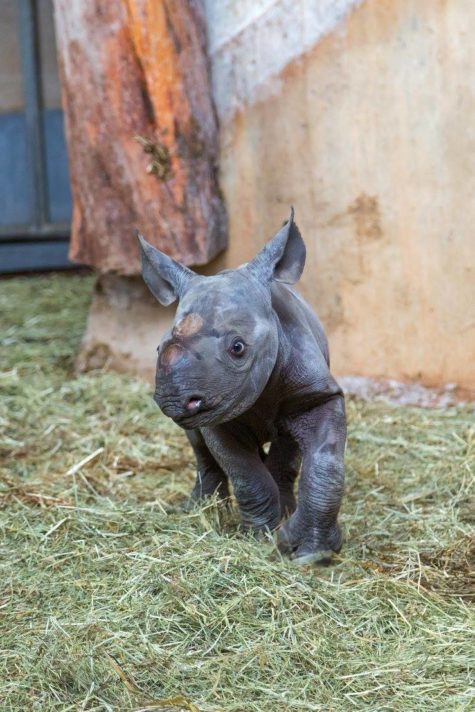
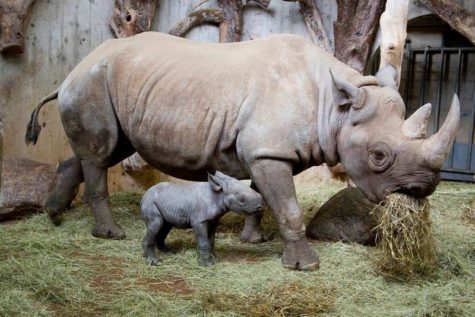
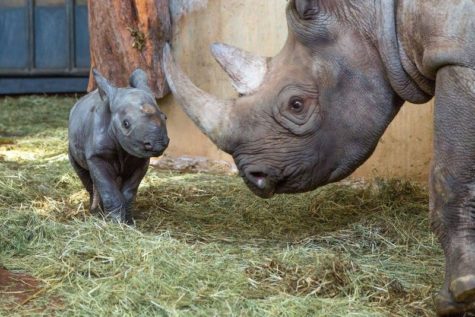
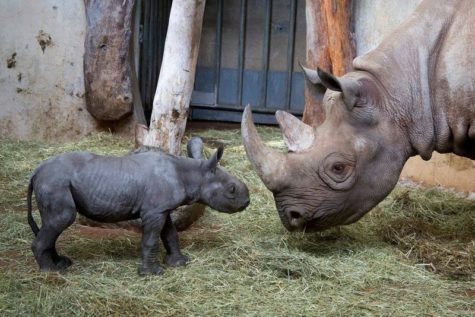
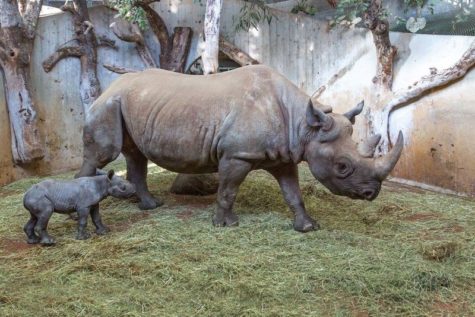
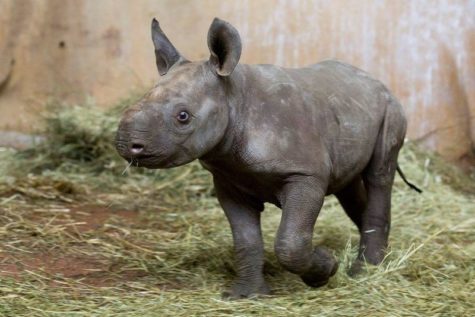



Leave a Reply